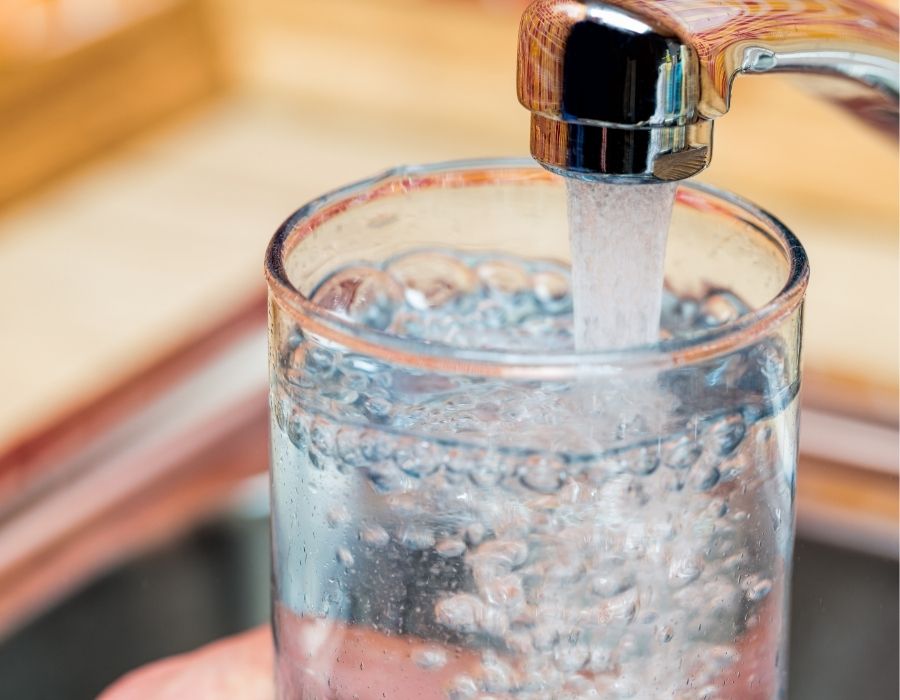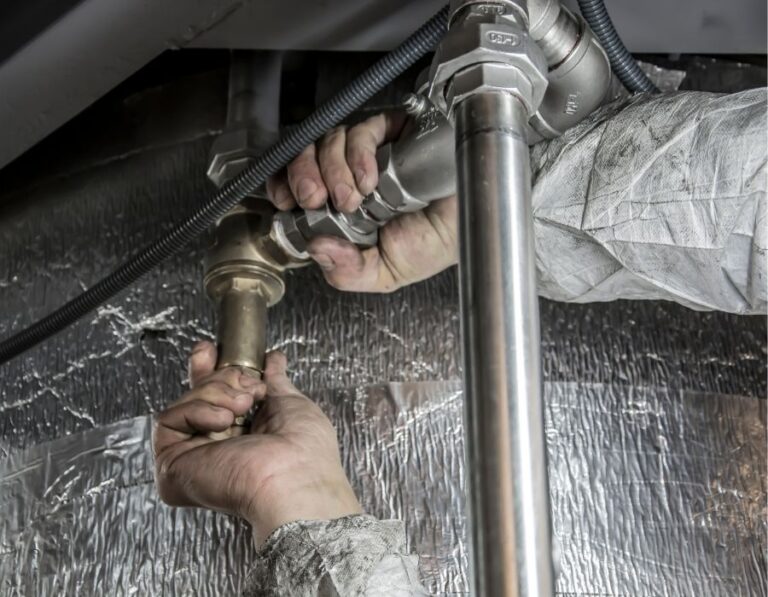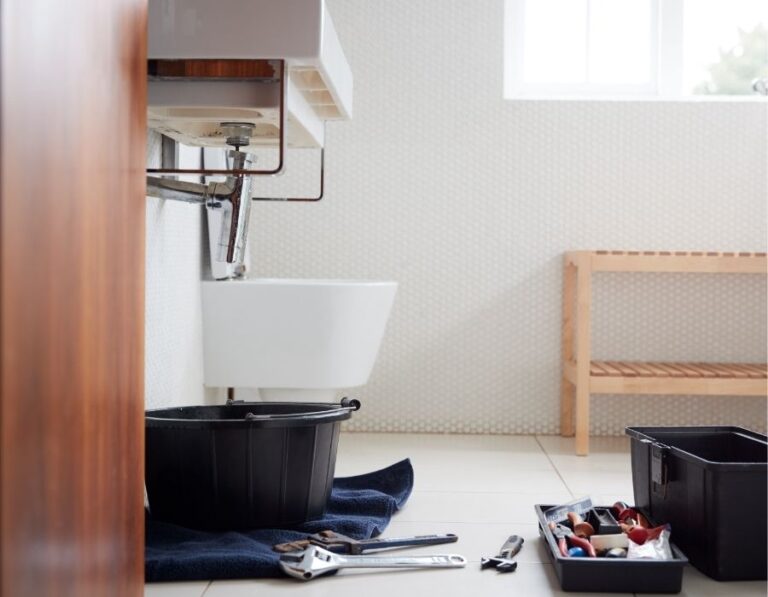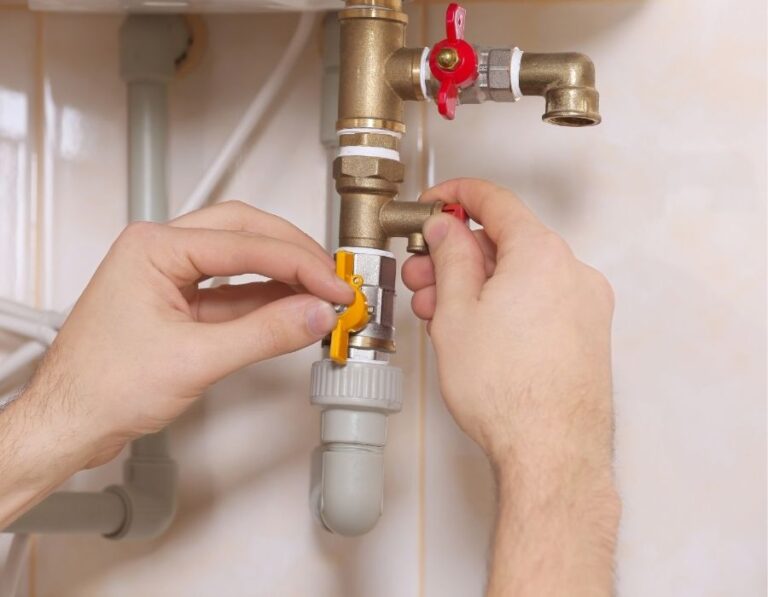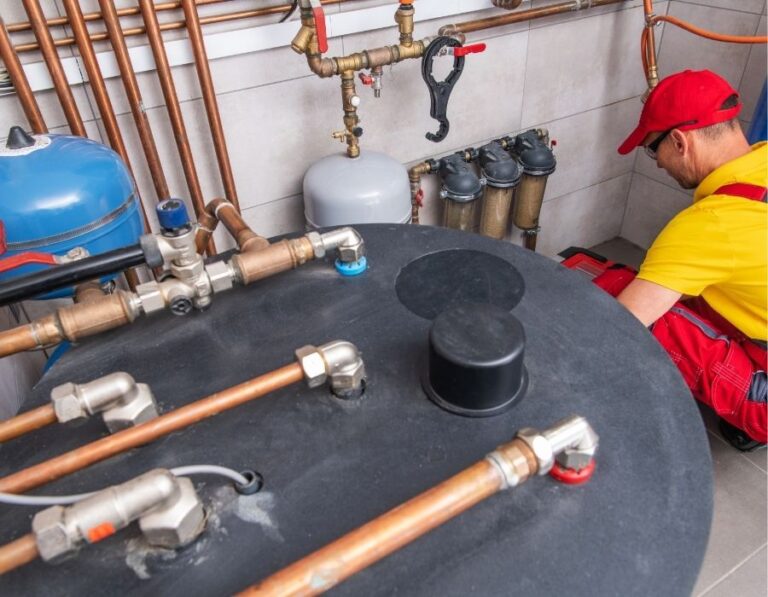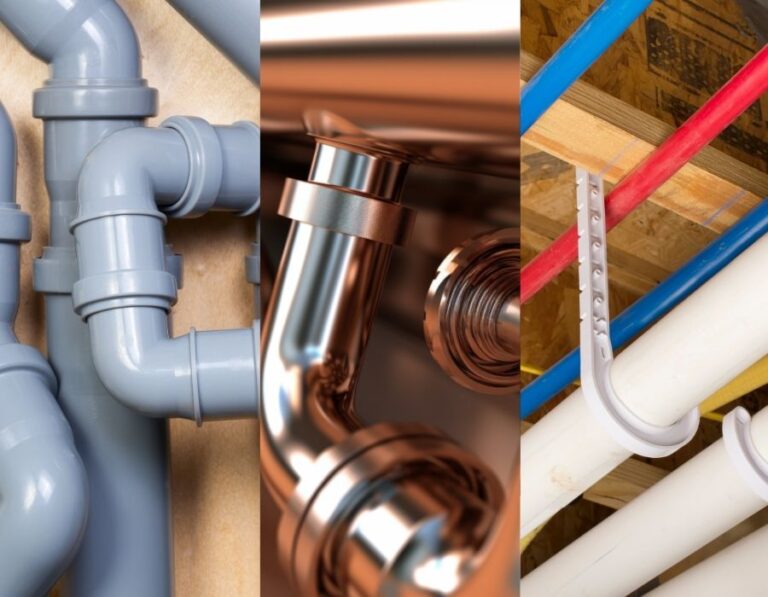Hidden Ways Hard Water Is Destroying Your Plumbing and Appliances (And How to Stop It)
Hard water—loaded with dissolved calcium and magnesium—quietly wreaks havoc on your home’s plumbing and appliances. Everywhere it flows, it deposits chalky limescale that narrows pipes, chokes faucets, and blankets heating elements. This buildup forces appliances like water heaters, dishwashers, and washing machines to work harder—draining efficiency, hiking energy use by up to 30%, and shortening lifespans in some cases by nearly a third. Over time, what starts as white residue on faucets becomes an expensive problem lurking behind the scenes.
Thankfully, this hidden destruction can be halted. Water softening systems—typically using ion-exchange resins—swap damaging minerals for harmless sodium or potassium ions, stopping scale in its tracks. With softened water, you’ll enjoy smoother pipe flow, more efficient appliances, lower utility bills, and longer-lasting machines—without the constant scrubbing, repairs, or replacements.
Scale Buildup in Pipes
Hard water carries dissolved calcium and magnesium minerals that gradually settle and crystallize out onto the inner surfaces of your pipes, forming a tough, chalky layer known as limescale. As this mineral coating thickens, it progressively narrows the pipe’s effective diameter, constricting water flow and triggering increases in pressure downstream. This restricted flow not only hinders home water efficiency—low water pressure becomes noticeable at faucets and showerheads—but elevated internal pressure may lead to accelerated corrosion, pinhole leaks, or even burst pipes.
Smaller-diameter pipes are particularly vulnerable: just a thin scale layer can significantly reduce volume flow, making blockages more likely. Left unchecked, these mineral accumulations turn routine plumbing into a maintenance nightmare—escalating from constant slow drains to sudden pipe failures requiring expensive repairs or full pipe replacements.
Increased Maintenance Costs
Hard water doesn’t just corrode—it drains your time and wallet. Mineral deposits frequently clog faucets, showerheads, valves, and other fixtures, forcing homeowners into a cycle of constant cleaning, descaling, and occasional replacements—often adding hundreds of dollars each year in maintenance bills.
But the costs don’t end at fixtures. Scale buildup also escalates plumbing service calls, as blocked fittings and sluggish drains demand professional attention more often. This not only disrupts daily routines but also regularly chips away at household budgets—turning what might begin as routine upkeep into a never-ending stream of unexpected expenses.
Reduced Lifespan of Plumbing Fixtures
Over time, the relentless accumulation of calcium and magnesium from hard water doesn’t just clog—it corrodes. As mineral deposits build up, they chemically attack metal surfaces in faucets, showerheads, valves, and heating components, weakening them and leading to leaks, drips, or outright failure sooner than expected. In fact, fixtures exposed to hard water typically wear out significantly earlier—faucet lifespans are often cut from the standard 15–20 years down to just 5–9 years—resulting in more frequent replacements and higher repair costs.
Water Heater Inefficiency
Hard water’s mineral content isn’t just an aesthetic issue—it directly impairs the performance of your water heater. As calcium and magnesium precipitate out during heating, they form stubborn layers of limescale on heating elements and inside the tank. This layer acts like insulation, forcing the heater to run longer and draw more energy to reach the same temperature. According to multiple industry sources, this increased load can raise energy consumption substantially, raising utility bills by tens to even hundreds of dollars annually.
Over time, the relentless accumulation of scale and sediment accelerates wear on essential components like heating elements, anode rods, valves, and tank linings. These parts degrade faster than expected, leading to inconsistent water temperatures, rumbling noises, and even complete system failure in severe cases. Left unchecked, hard water can slice years off your heater’s lifespan—turning what should be an 8–12-year serviceable life into an early replacement within five to eight years.
Appliance Wear and Tear
Hard water takes a hidden toll on your household appliances, particularly dishwashers and washing machines. In dishwashers, mineral-rich water precipitates scale onto the heating elements and spray arms, impeding water flow and insulating critical components. This forces the machine to work harder, consuming more energy while leaving you with cloudy or spotted dishes—even after a full wash cycle. Over time, this residue not only dulls glassware and dishes but can also corrode internal parts, resulting in premature breakdowns and repair costs.
Likewise, washing machines suffer from soap scum build-up as hard water reacts with detergents, forming sticky deposits on the drum, valves, and heating elements. This buildup diminishes cleaning efficiency, causes fabrics to feel stiff or faded, and adds mechanical strain to the machine. Experts report that hard water can reduce the lifespan of dishwashers by around 30%, and washing machines by similar margins—turning what should be a decade of service into just seven to eight years. The result? More frequent maintenance, higher utility bills, and earlier appliance replacements.
Soap Scum and Cleaning Challenges
Hard water dramatically undermines the effectiveness of soaps and detergents. When calcium and magnesium ions in the water react with soap, they form insoluble compounds—commonly known as soap scum—instead of producing clean lather. This chemical reaction not only wastes cleaning agents (forcing you to use up to 30–50% more soap or detergent) but also leaves behind filmy residues on skin, dishes, and surfaces.
As a result, skin may feel sticky or dry after washing, and dishes or bathroom fixtures often retain cloudy spots or streaks even after a thorough rinse. Over time, persistent soap scum can clog drains, harbor bacteria, and increase the effort and cost required for cleaning. Many households report spending over $100 extra each year on cleaning products alone, and the frustration over constant residue can severely impact lifetime satisfaction with your home environment .
Frequently Asked Questions
Protect Your Home (and Wallet) with a Smart Hard-Water Plan

Hard water silently accelerates wear and tear across your home—its mineral-laden drops can choke pipes, strain appliances, and trigger costly repairs long before trouble becomes visible. Scale buildup narrows plumbing, corrodes fixtures, lowers energy efficiency, and forces premature appliance replacements. Studies show that households using water softeners can save around $800 per year on maintenance alone. In addition, softened water markedly extends the lifespan and boosts the efficiency of water heaters, washers, and dishwashers by preventing limescale accumulation.
That’s why taking action against hard water is a smart investment—not just a fix for today’s frustration. Installing a water softener (ion-exchange or salt-free) restores long-term performance and cleanliness, slashes utility and appliance costs, and protects your home’s infrastructure. Though upfront costs may range from $500 to over $2,500, typical softener systems pay for themselves within a few years through reduced repairs, energy savings, and less dish detergent or soap usage . Ultimately, recognizing hard water’s hidden toll and investing in the right preventive solution ensures smoother plumbing, longer-lasting appliances, and lasting homeowner peace of mind.

